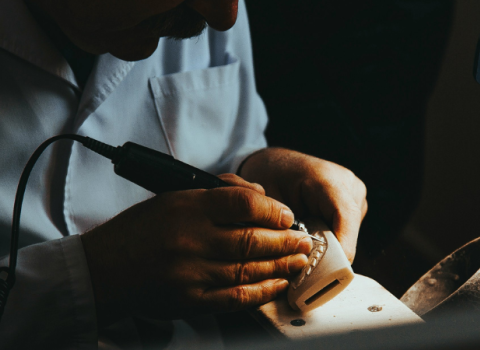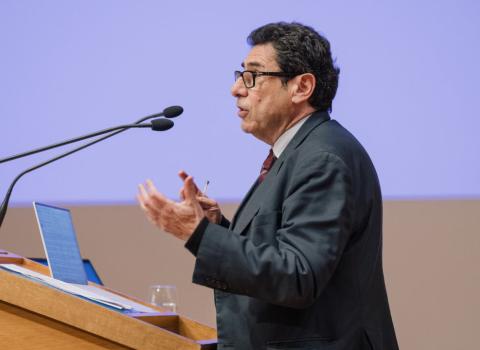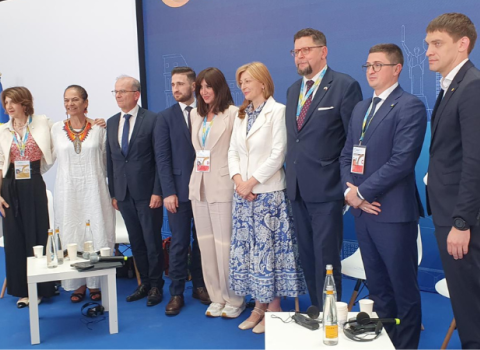Even in this age of easy virtual communication, physical proximity increases collaborative activity among academics, according to a new study examining a decade’s worth of MIT-based papers and patents.
In particular, the study finds that cross-disciplinary and interdepartmental collaboration is fuelled by basic face-to-face interaction within shared spaces.
The study examines 40,358 published papers and 2,350 patents that stemmed from MIT research between 2004 and 2014. Using network analysis, the researchers mapped out a network of MIT collaborators, uncovering the importance of spatial relations on campus, above and beyond departmental and institutional structures.
The findings help confirm the importance of proximity on a campus where, through the years, many buildings have been designed to encourage cross-disciplinary research, according to the researchers
“Intuitively, there is a connection between space and collaboration,” said lead author Matthew Claudel, a doctoral student in MIT’s Department of Urban Studies and Planning and the MIT Lab for Innovation Science and Policy. “You have better chance of meeting someone, connecting, and working together if you are close by spatially.” Even so, Claudel says, it is exciting to find that reflected across papers and patents, and specifically for transdisciplinary collaborations.
Papers, patents, and proximity
Claudel initiated the research on the subject as part of his master's thesis, which was itself cross-disciplinary, supported by both the Senseable City Lab and MIT’s Lab for Innovation Science and Policy. A basic impetus for studying architecture and collaboration, was the desire, “To understand how that plays out on the MIT campus and [to see] if it holds up in the digital era,” when collaborators can communicate quickly by virtual means.
Building for innovation
Among other data points, the study found that MIT's Building 76, the Koch Institute for Integrative Cancer Research at MIT, has the highest rate of intra-MIT co-authorship, that is, the highest percentage of total publications that are written with other Institute faculty, at roughly 32 percent.
When it comes to patents, among buildings whose faculty produced over 100 patents in this time period, Building 32, the Stata Center, and Building 76 have the highest rates of intra-MIT collaboration , at 31 percent and 27 percent, respectively.
To a significant extent, that is by design, since both structures were intended to promote interdisciplinary research. The Stata Center houses faculty in eight departments and programmes, ranging from computer science to linguistics; the Koch Institute was intended to place research scientists and bioengineering experts in close proximity as a way of encouraging innovation.
An exploration of collaborative scientific production at MIT through spatial organization and institutional affiliation
http://journals.plos.org/plosone/article/file?id=10.1371/journal.pone.0179334&type=printable





 A unique international forum for public research organisations and companies to connect their external engagement with strategic interests around their R&D system.
A unique international forum for public research organisations and companies to connect their external engagement with strategic interests around their R&D system.